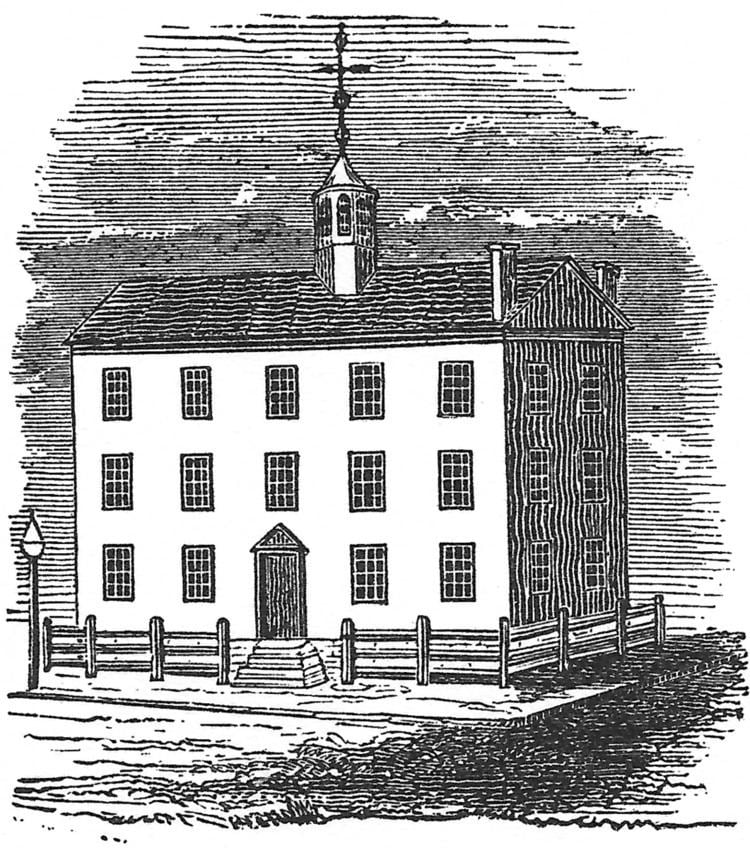Members 32 | Members 100 | |
 | ||
Term July 1, 1802 – June 30, 1803 Party control Democratic-Republican (19-11) | ||
The 26th New York State Legislature, consisting of the New York State Senate and the New York State Assembly, met from January 25 to April 6, 1803, during the second year of George Clinton's second tenure as Governor of New York, in Albany.
Contents
Background
Under the provisions of the New York Constitution of 1777, amended by the Constitutional Convention of 1801, 32 Senators were elected on general tickets in the four senatorial districts for four-year terms. They were divided into four classes, and every year eight Senate seats came up for election. Assemblymen were elected countywide on general tickets to a one-year term, the whole assembly being renewed annually.
In 1797, Albany was declared the State capital, and all subsequent Legislatures have been meeting there ever since. In 1799, the Legislature enacted that future Legislatures meet on the last Tuesday of January of each year unless called earlier by the governor.
At this time the politicians were divided into two opposing political parties: the Federalists and the Democratic-Republicans.
Elections
The State election was held from April 27 to 29, 1802. Senators John Schenck (Southern D.) and Solomon Sutherland (Middle D.) were re-elected. Joseph Annin, Matthias B. Tallmadge, George Tiffany (all three Western D.); and Assemblymen Abraham Adriance (Middle D.), Asa Danforth and Jacob Snell (both Western D.) were also elected to the Senate. All eight were Democratic-Republicans.
Sessions
The Legislature met at the Old City Hall in Albany on January 25, 1803; and adjourned on April 6.
Dem.-Rep. Thomas Storm was re-elected Speaker. Solomon Southwick (Dem.-Rep.) was elected Clerk of the Assembly with 42 votes against 31 for the incumbent James Van Ingen (Fed.).
On February 1, 1803, the Legislature elected Theodorus Bailey (Dem.-Rep.) to the U.S. Senate, to succeed Gouverneur Morris (Fed.).
On February 8, 1803, the Legislature elected Abraham G. Lansing (Dem.-Rep.) State Treasurer, to succeed Robert McClellan (Fed.).
Districts
Members
The asterisk (*) denotes members of the previous Legislature who continued in office as members of this Legislature. Abraham Adriance, Asa Danforth and Jacob Snell changed from the Assembly to the Senate.
Employees
Assemblymen
The asterisk (*) denotes members of the previous Legislature who continued as members of this Legislature. Stephen Lush changed from the Senate to the Assembly.
